The Mercedes-Benz S-Class is among the most recognized models crafted by the German manufacturer and also one of the longest-running ones, tracing its roots back to the 1950s. Various initial designs, such as the W180 and W111, were retrospectively linked to this series. Sonderklasse (Special Class) acting as the de facto precursors to the S-Class.
These models, along with the subsequent seven generations of the S-Class, have introduced numerous technological advancements to the automobile industry throughout the years. These innovations range from safety features to groundbreaking technologies. infotainment The S-Class has always been ahead of technology trends since its inception. Here we will explore ten technological advancements that first appeared in the S-Class over the years.
The following list comprises ten technological advancements that initially debuted on the Mercedes S-Class across various years. The items are arranged chronologically from earliest to latest introduction.
Safety Door Lock with Conical Pin
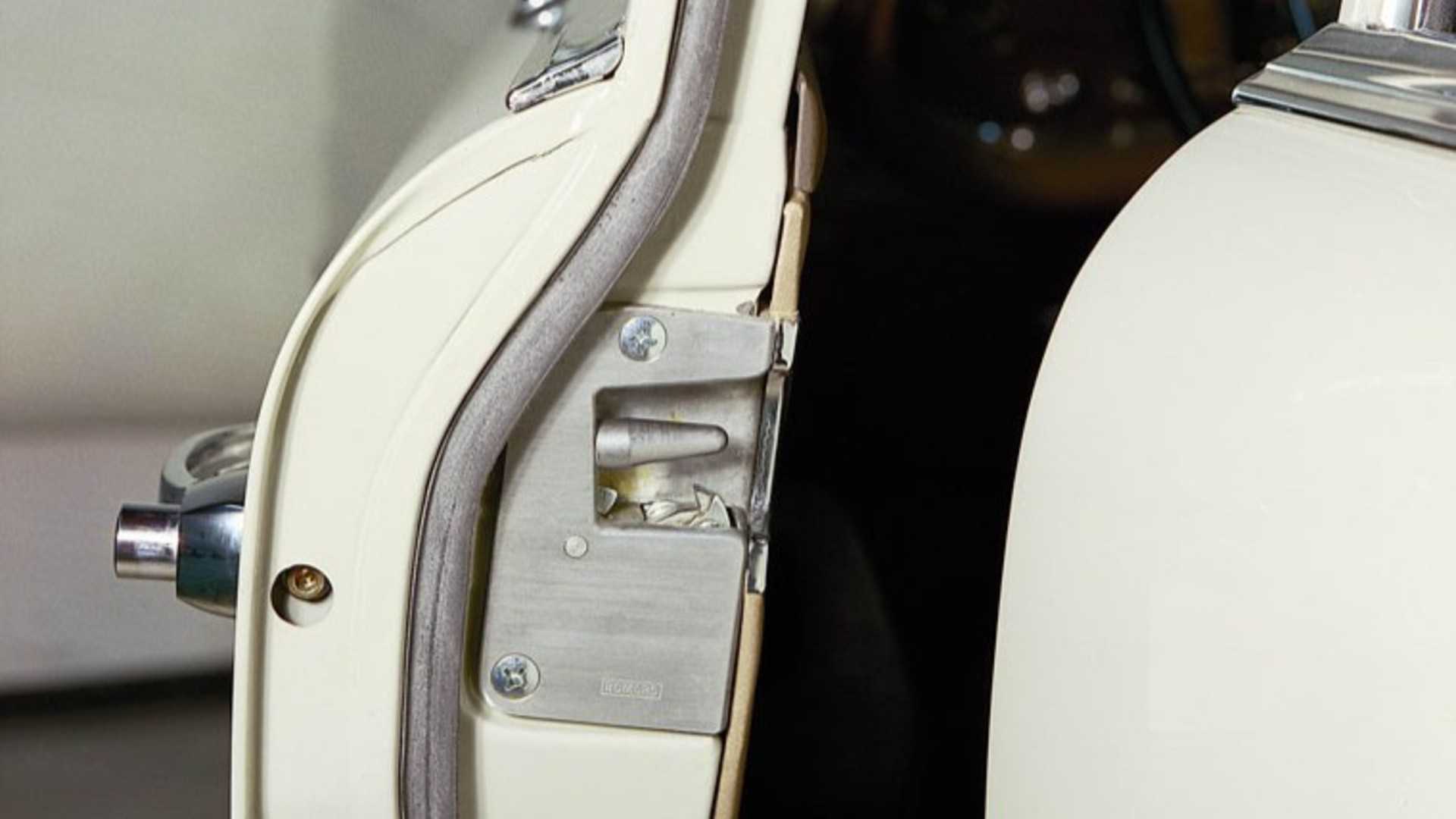
The evolution of automobiles has been marked by swift technological progress; early basic four-wheelers progressively developed into more advanced, speedy, and luxurious models, ultimately leading to today's contemporary vehicles which we often overlook. Throughout this journey, the auto sector faced numerous significant challenges, including ensuring that door mechanisms remain secure during collisions to safeguard passengers from harm.
Back in the 1950s, Mercedes-Benz developed a solution initially featured in an earlier version of what would become the S-Class (specifically the W187). This innovation was the conical wedge-pin safety door lock, offering superior strength compared to contemporary locks and enhancing protection for both drivers and occupants.
Passenger Safety Cell / Crumple Zones
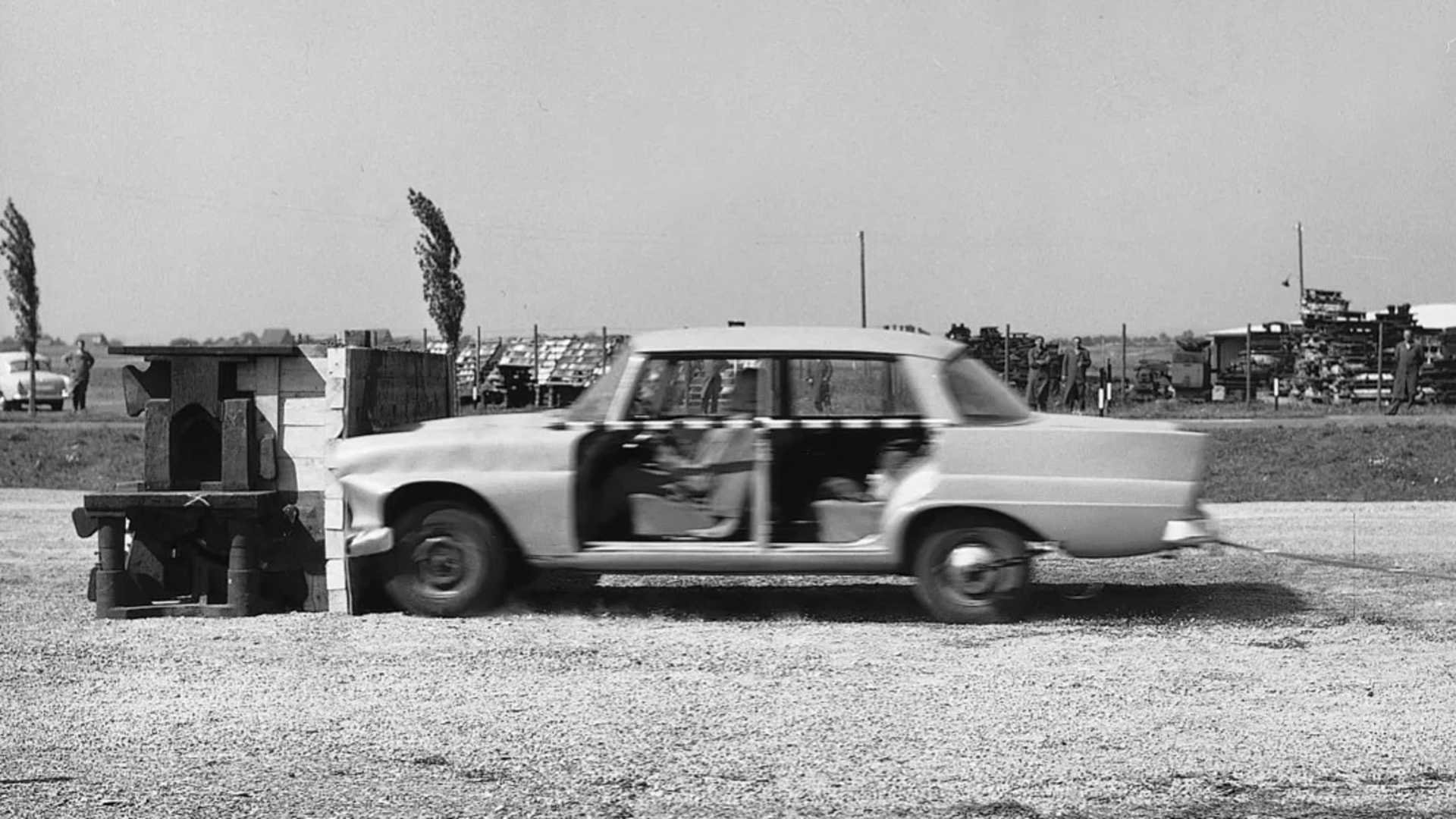
Several years afterward, during the latter part of the 1950s through the start of the 1960s, Mercedes-Benz unveiled yet another crucial advancement in automotive safety—a design known as the passenger safety cell featuring crumple zones. This feature ensures that upon impact, the car itself absorbs most of the collision forces instead of those inside the cabin. Over time, this invention has contributed significantly to saving countless lives.
This design greatly reduced the risk of injury and death during a crash; it was eventually adopted by all major automakers, and has become a fundamental principle of automotive safety that is still in use today. This feature was first introduced on the W111 and W112, both predecessor models to the S-Class.
ABS
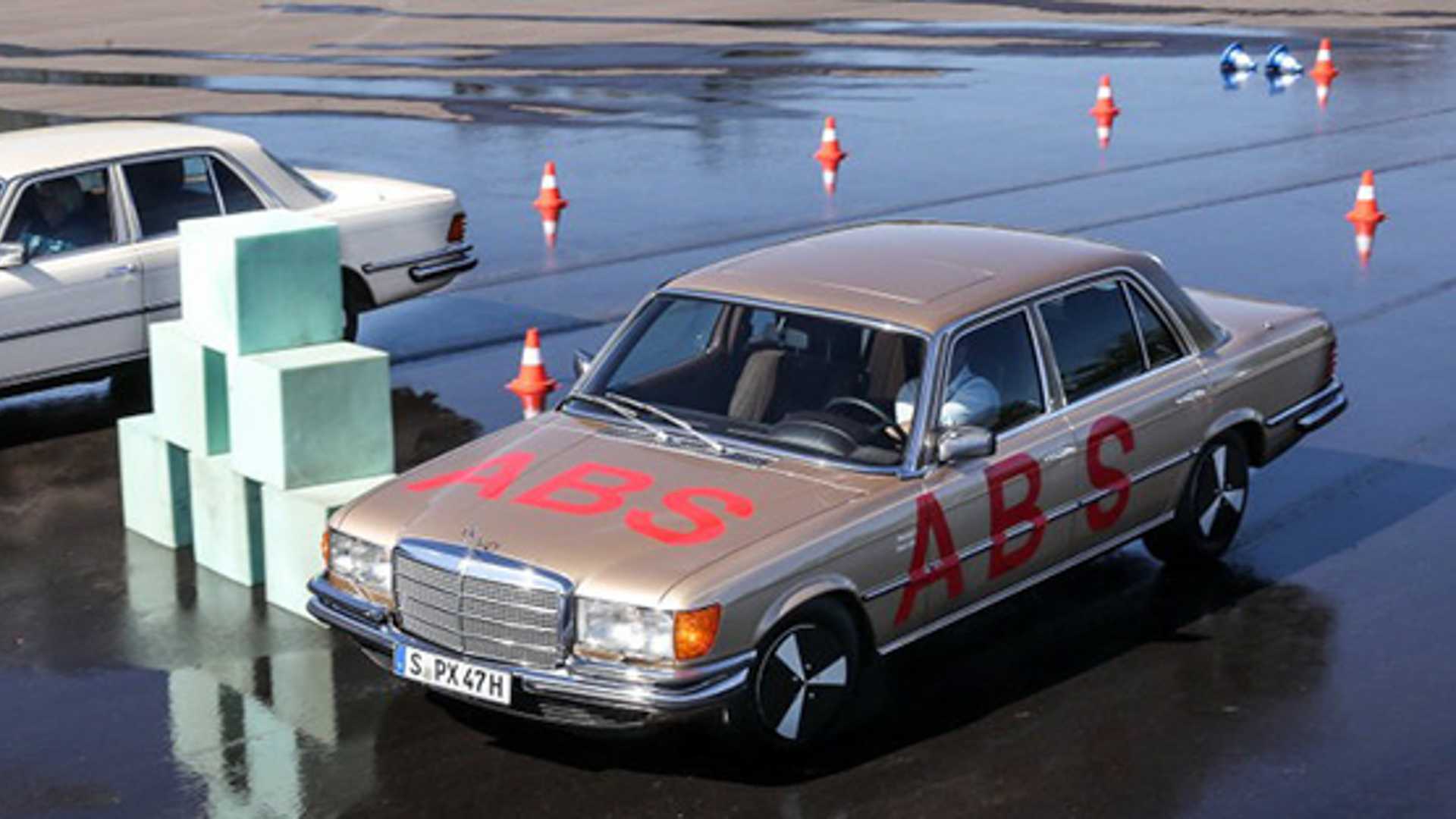
The first generation of the “actual” S-Class model, the W116, arrived in 1972; six years later, one very important safety feature was introduced as an option. The anti-lock braking system , or ABS as it’s commonly known, prevents the vehicle’s wheels from locking up during an emergency stop, allowing the driver to retain control of the vehicle.
Just two years after its introduction, ABS became available on all Mercedes-Benz models; shortly after that, other automakers began to adopt the technology for their own cars. Today, ABS is present on most models on the market, just one of the many automotive safety features we take for granted.
Turbocharged Diesel Engine
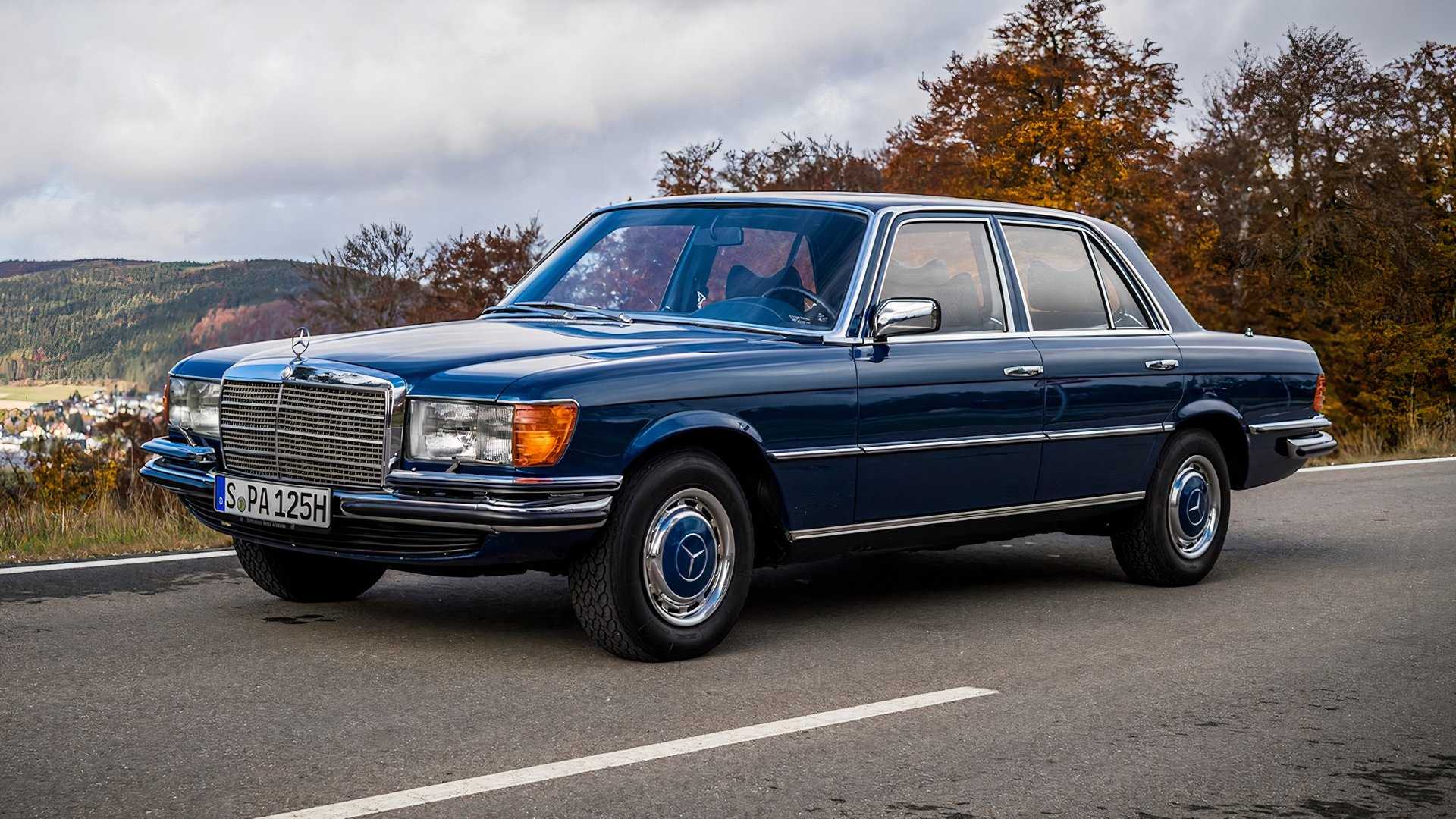
Even though the prominence of diesel technology has waned over time, with an increasingly small number of new models featuring diesel engines annually, there was a period when diesel seemed like the next big thing. The inaugural generation of the S-Class stood out as it became the first mass-produced vehicle to be equipped with a turbocharged diesel engine.
In the 1920s, turbocharging was initially used for diesel engines within the realm of marine engineering. Later, in the 1950s, this technology started appearing in trucks. However, Mercedes-Benz pioneered the incorporation of a turbo-diesel engine into passenger cars, setting off a trend that hit its high point in the ‘80s and ‘90s. But over time, particularly throughout the early years of the new millennium, this preference waned as consumer interest shifted away from diesel vehicles.
Seatbelt Pre-tensioners
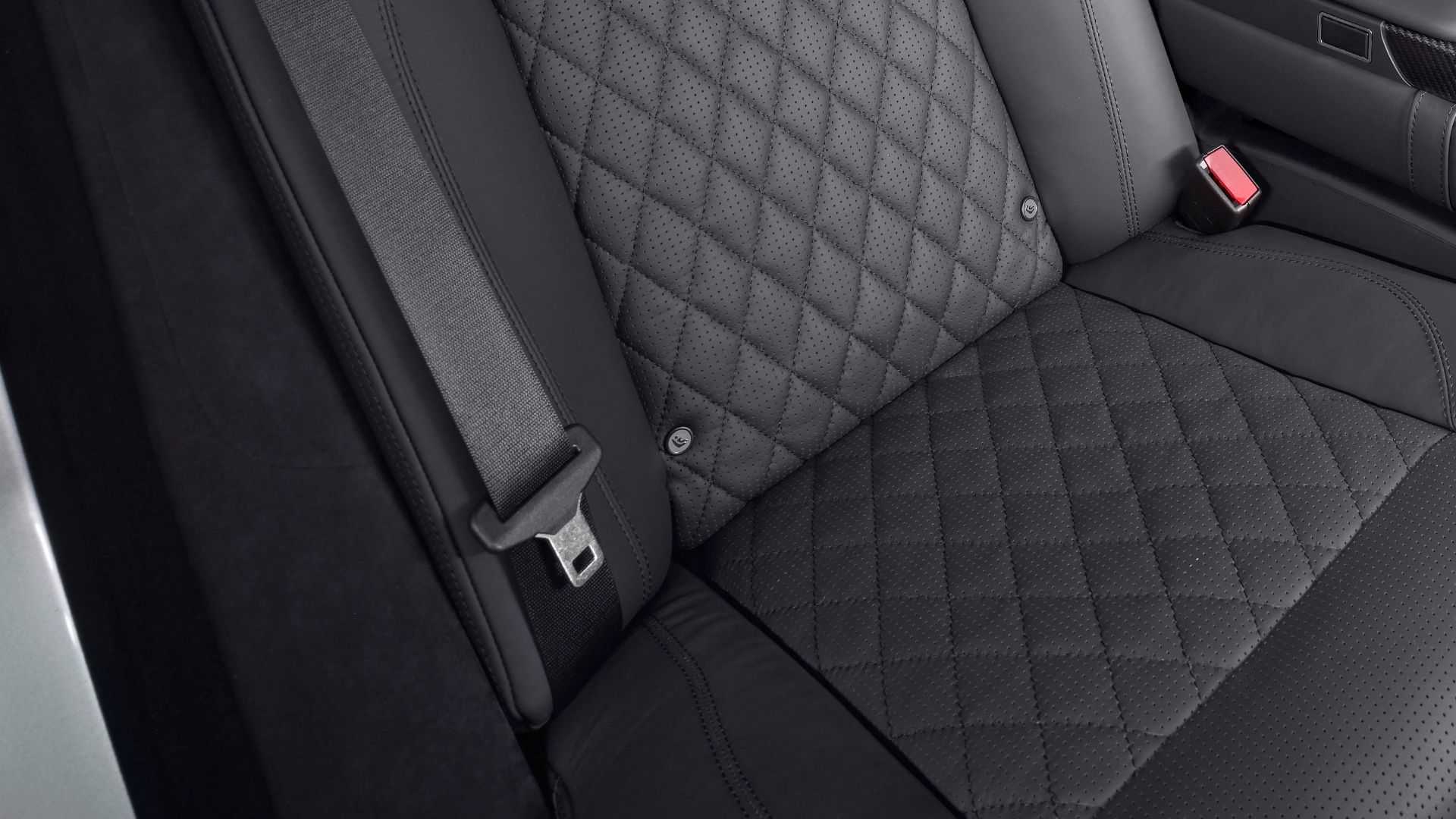
Seatbelts have been a fundamental component of cars for over half a century; first introduced by Volvo in 1959, they were quickly adopted by other automakers thanks to Volvo’s decision to leave the patent open.
The second generation of the S-Class, on the market between 1979 and 1992, brought an upgrade to seatbelt technology: the seatbelt pretensioner, which tightens the seatbelt in the event of a crash. The system is triggered by a sensor that detects collisions; the mechanism then rapidly tightens up the slack in the seatbelt. This keeps the occupant secured against the seat, greatly reducing the risk of injury and death.
Electronic Stability Control
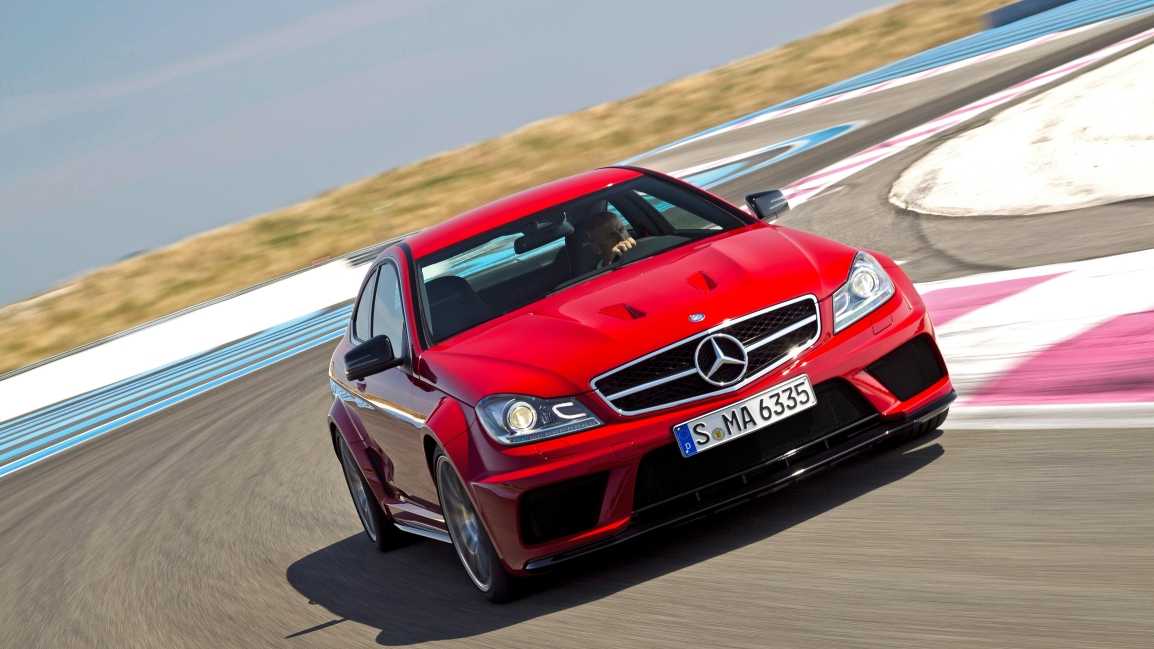
Electronic Stability Control is a computerized system that automatically detects loss of traction and automatically applies the brakes to individual wheels to help steer the vehicle in the right direction, by counteracting oversteer or understeer. Although early variants of this technology had been researched and implemented in models throughout the 80s and early 90s, in 1995 Mercedes-Benz was one of the very first automakers to introduce an ESC system on a production car, alongside Toyota with the Crown Majesta.
Mercedes’ system was called ESP (Electronic Stability Program), a name still sometimes used to refer to ESC systems today. It was first introduced as standard equipment on the S600, or as an option on the S420 and S500.
Voice-Controlled Carphone System
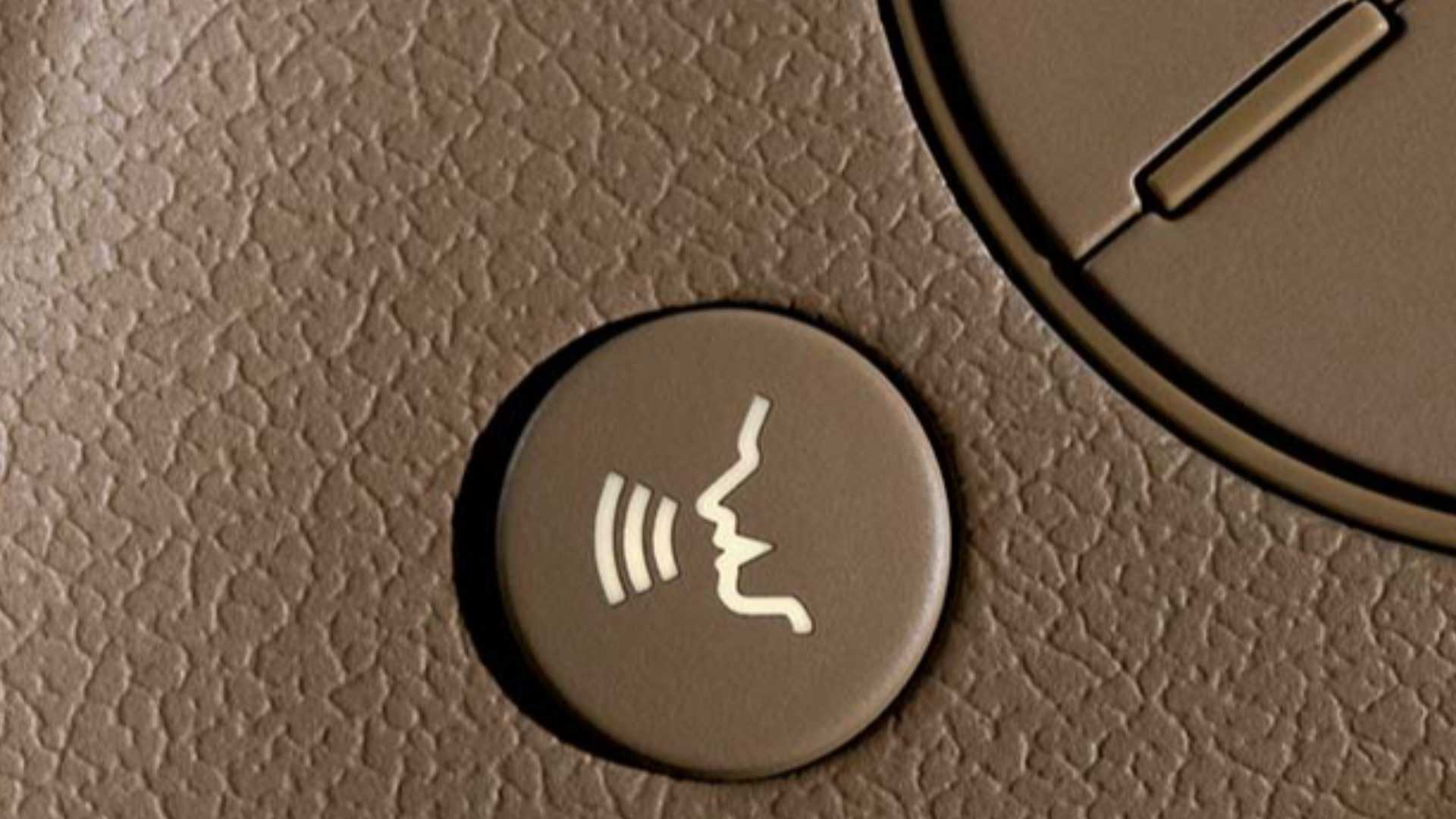
Automakers have always strived to equip their models with tech, comfort and luxury features that would improve drivers’ and passengers’ experience, from the first car radios to the CarPlay units of today. In-car phones have a long history that dates back to the 1940s, but it wasn’t until the 1980s that the technology became commonplace enough to be included as an option on mass production models.
Mercedes-Benz brought a major technological leap forward for car phones in 1996, with the introduction of the Linguatronic voice control system. The system allowed drivers to make calls while on the move without taking their hands off the wheel, which revolutionized car phone technology and paved the way for the sophisticated voice-control and infotainment features available today.
Radar Cruise Control
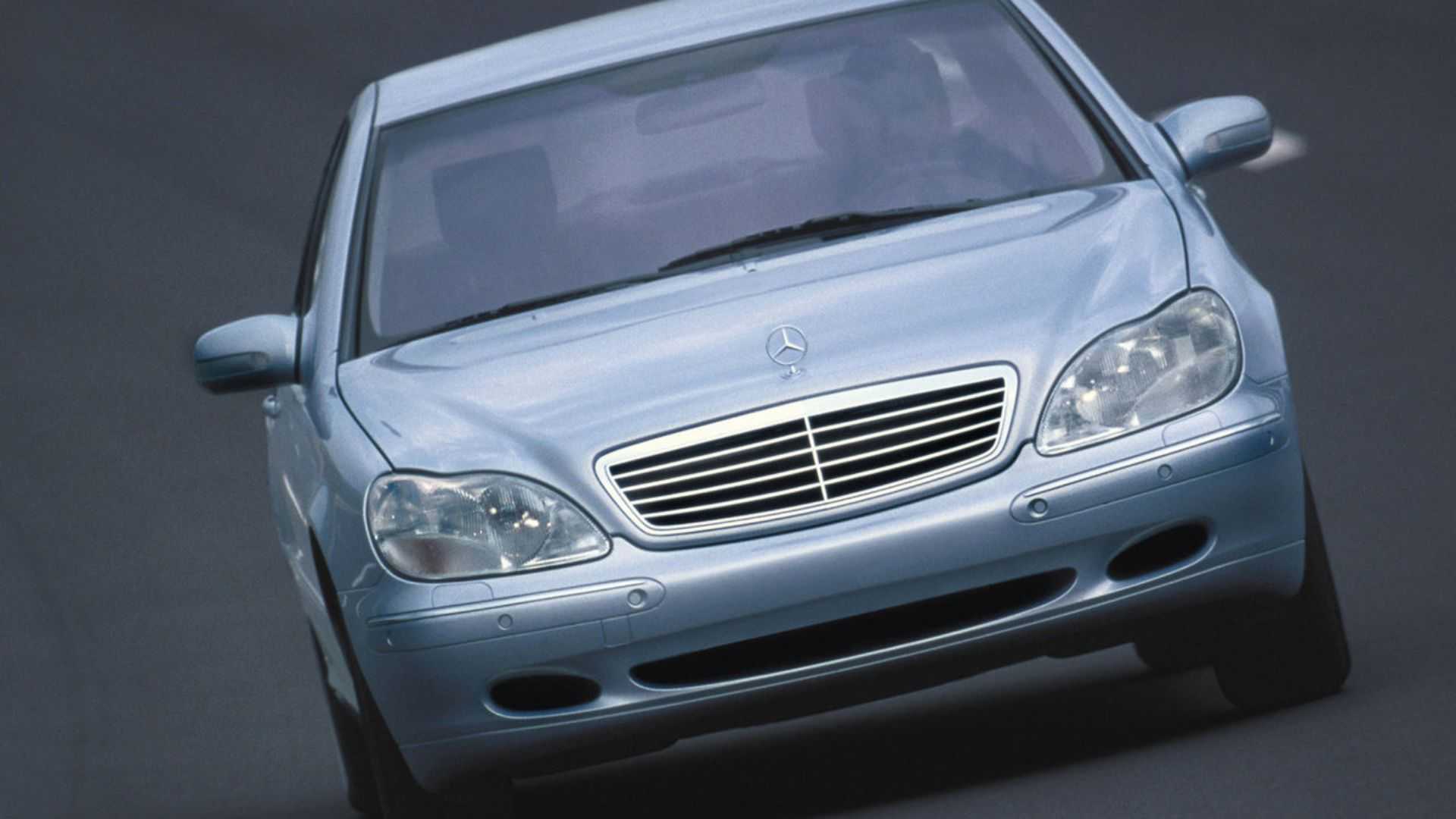
Mercedes-Benz did not invent cruise control ; this feature has existed in some form since the early 1900s, when rudimentary forms of speed control were first experimented with by automakers.
Early cruise control systems were, however, purely based on a set speed controlled by the driver; the technology that we now know as adaptive cruise control, where the car’s set speed is determined by that of the vehicle ahead, was pioneered by Mercedes with the S-Class in 1998. The Distronic system used radar technology to monitor the speed of the vehicle in front, adjusting the car’s own speed in response. Modern adaptive cruise control systems are built on this principle, adding other forms of technology like LiDAR and cameras to increase precision.
First Car With LEDs Completely Replacing Traditional Bulbs
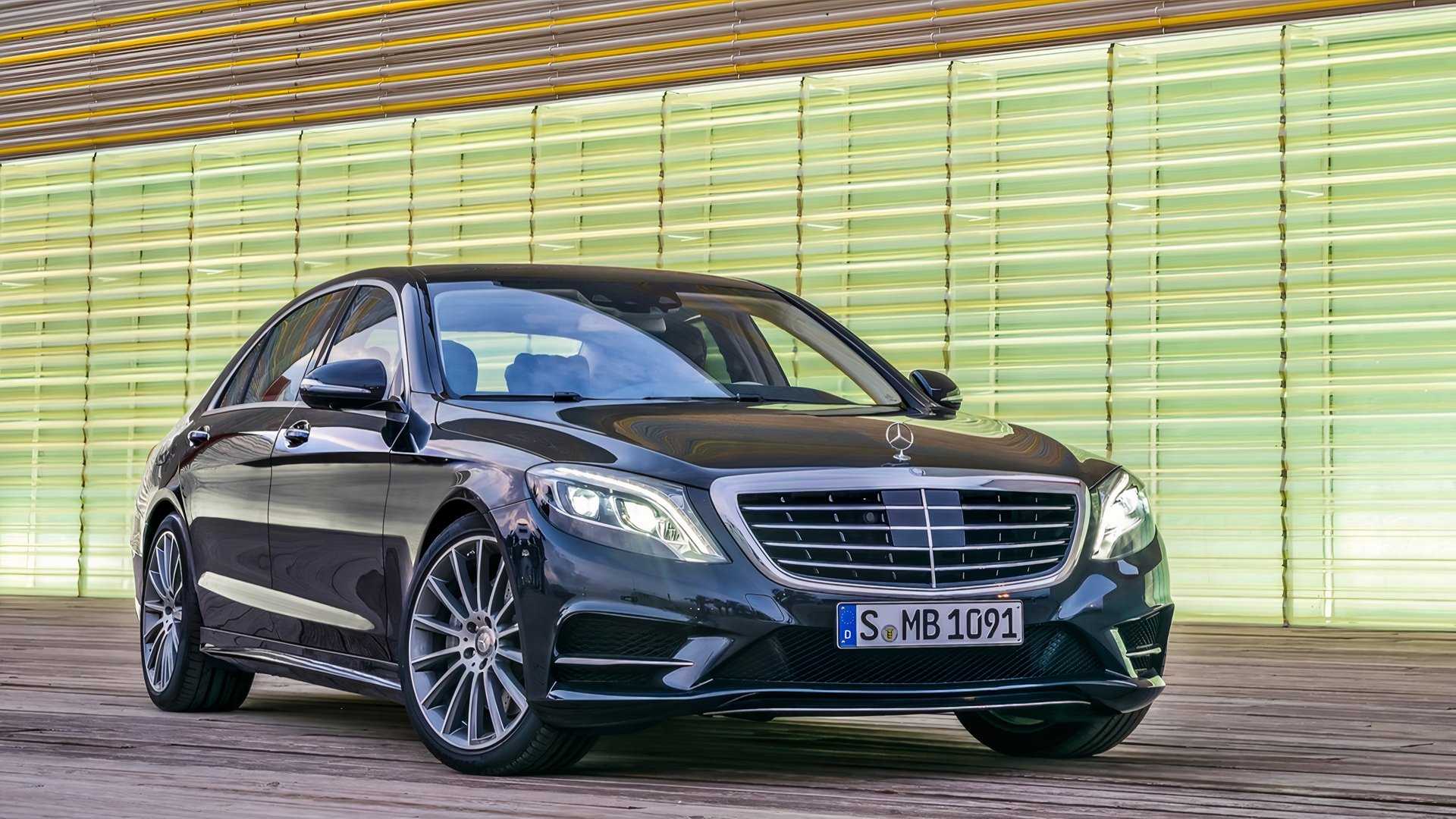
LEDs are fairly commonplace in today’s automotive world: thanks to their energy efficiency, low cost, longevity and brightness, they have become a popular option for car lights over the years. It’s not uncommon, however, for automakers to use a mix of LEDs and traditional bulbs.
Mercedes-Benz, however, was responsible for building the very first model to entirely use LEDs for its lighting, with not a traditional bulb in sight: the sixth-generation W222 S-Class, introduced in 2013 and on sale until 2020, was the first car to use 100% LED lighting, both interior and exterior. The car was equipped with almost 500 LEDs.
Rear Seat Airbag
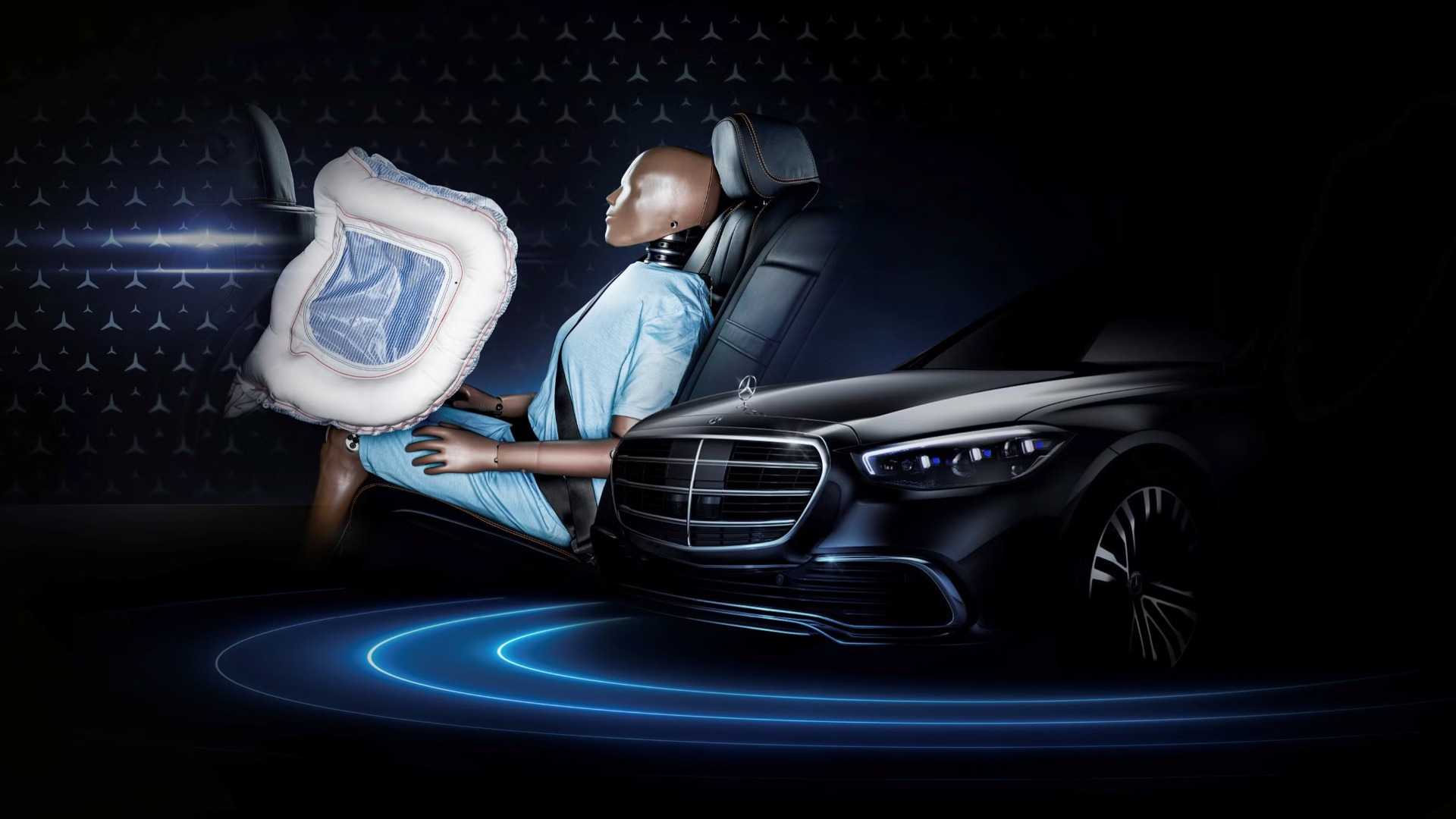
Airbags were not invented by Mercedes-Benz; they were first introduced to the market by Oldsmobile with the 1973 Toronado , they rapidly became popular with other automakers looking to make their cars safer. Mercedes-Benz, however, claims a curious title: the first brand to implement airbags in a production car not just for the front seat passengers, but for occupants of the rear seat as well.
The latest and seventh iteration of the S-Class, launched in 2020 for the 2021 model year, includes a rear-seat airbag designed specifically to safeguard more fragile occupants. This feature works well with infant car seats usually placed at the back, since conventional front-seat airbags pose risks to young kids.
Sources: Mercedes-Benz.
0 Response to "10 Groundbreaking Technologies First Seen in the Mercedes-Benz S-Class"
Post a Comment